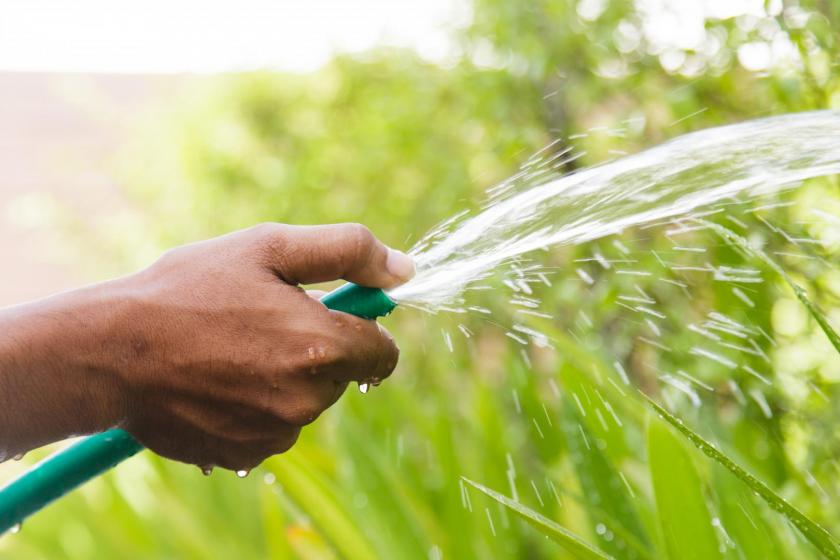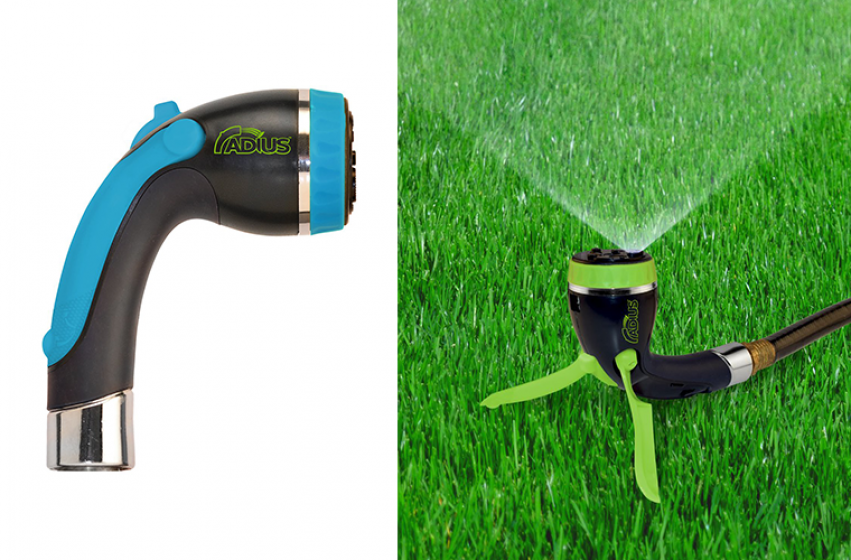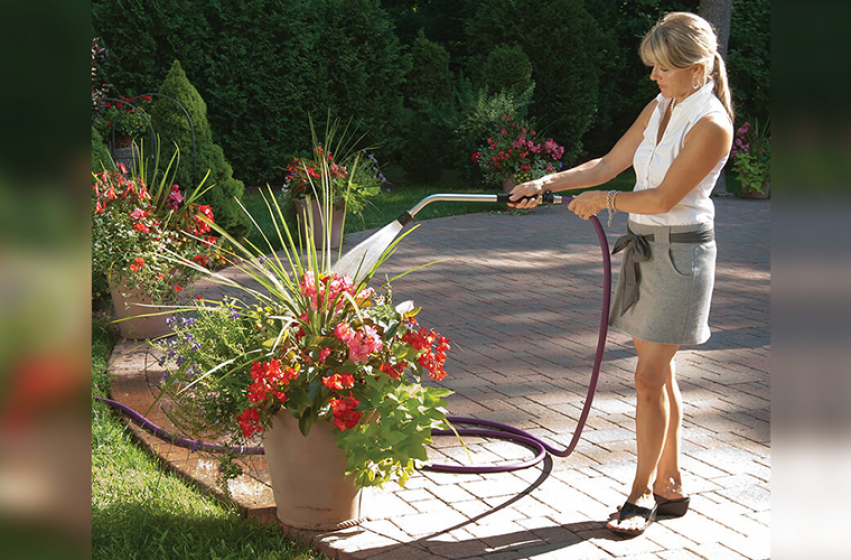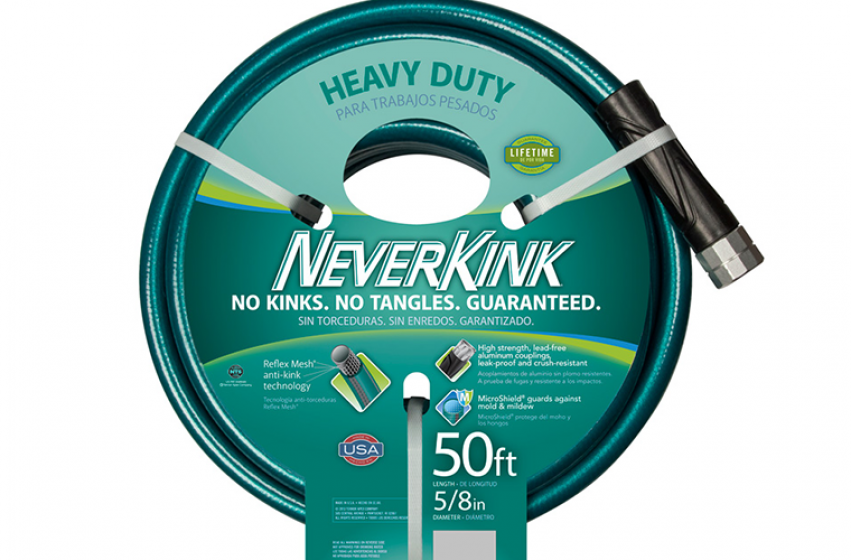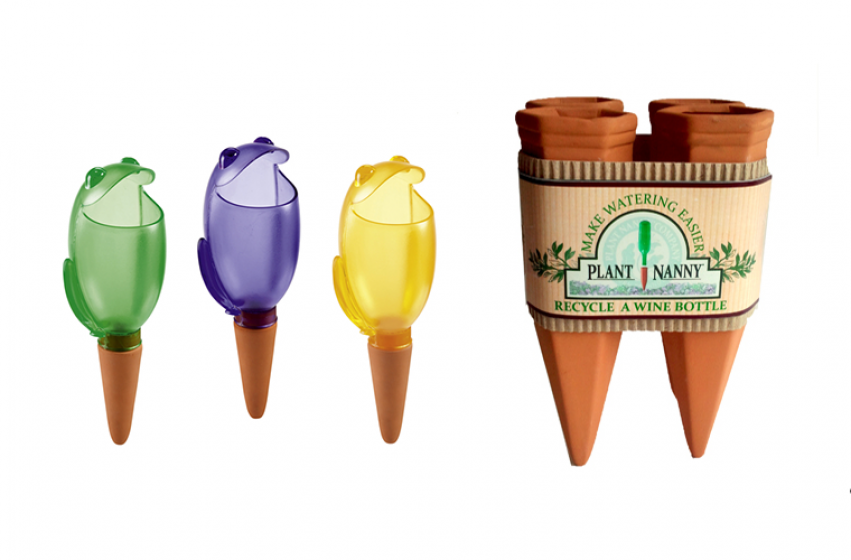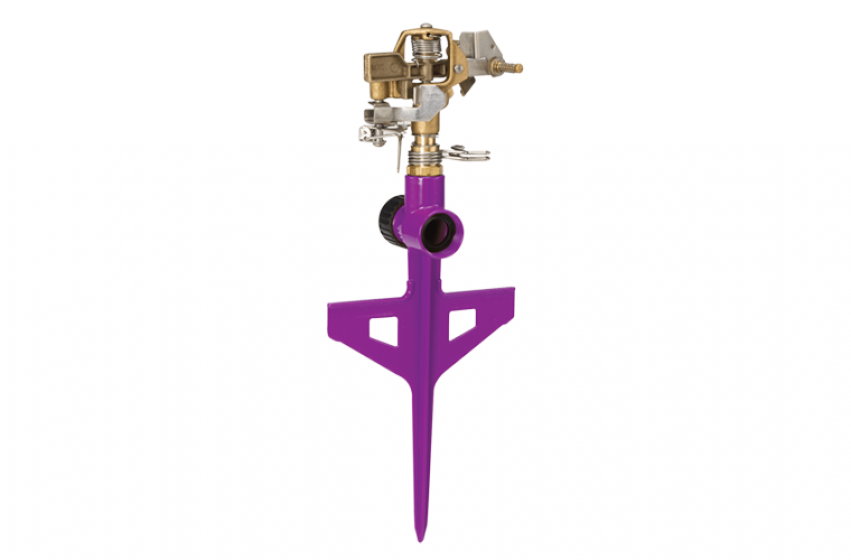by McDonald Garden Center's Garden Guru, Mike Westphal
When the temperature rises and our rains are less frequent, it is important to know the 5 W’s of watering (Who, What, Where, When & Why). Efficiency and effectiveness are the two most important things. You want to get your watering done as quickly as you can, so you can enjoy your lawn and garden. You also want your watering to be effective, so your plants get the most out of what you give them.
Who – you of course, but we want to help, so check out the last section on HOW to water, and you’ll be equipped to tackle any watering project.
What - specific plants and lawns need more water during the warmer months of the year the Hampton Roads area. Fescue lawns may require supplemental watering during the summer as well as your broadleaf evergreens and conifers that may be used to a slightly cooler climate. Most importantly are those you have planted this past spring and summer. Plants take root much quicker than we think, but it will take a full year before a plant can be fully sufficient to acquire water on its own. Keep these plants in mind when it gets hot and hasn’t rained in a while.
Where – the roots, of course. Very few plants actually take moisture through their leaves and this practice can actually cause fungus and disease. The safest bet is to always water the soil surrounding the plant from the drip line in. The drip line is determined by the width of the plant. The branches or leaves that are the furthest away from the center of the plant. Below the drip line is where the smallest roots most likely are and usually are the ones that want the water the most. But understanding how deep roots can go will also help determine how long you water for; keep reading for more tips on this.
When – watering at a specific time of day will insure that your plants get what they need when they need it. Plants require moisture during the day as they loose moisture through a process called transpiration. This process cools the plant down and therefore it is more important then ever during the hotter months of the year. The best time to water is in the morning, so the plant can use it throughout the heat of the day. When night comes and the temps get cooler, transpiration is slowed and plants require less water. Also, dampness and darkness cause fungus, so watering in the morning is always the best time to water.
Why – very little water is actually used to make plants grow; a majority of the water is used in transpiration. But without water, plants will wilt and leaves will turn yellow and new leaves will be hard to form. And when roots get really dry, they can no longer take up the moisture needed and then die. Water is also the only way nutrients and minerals used to make plants grow get through the system of a plant. Watering is crucial in helping the plant grow and mature.
Who – you
When – in the morning
What – plants that need it
Where – the roots
Why – to insure plant survival
How – our motto is water more, less often. Going out and giving your plants a little water every day will not encourage root development. Give your plants a good watering and then allow the plant to dry out some before watering again. During this drying out phase, the plant will search for water, which will develop a larger and deeper root system over time and allow you to enjoy your plants and lawn more.
Hoses and watering cans are used to transport water from its source to the plant. I recommend you have both, they are essential garden tools. Soaker hoses and drip hoses are also a great way of watering, especially newly planted plants, or areas that dry out more frequently or seem to require more water then other plants (tip for soaker hoses, let them run longer then you think, since water is slowly coming out it can take longer to get adequate water to the plant’s roots.)
Sprayers and wands are attached to the end of a hose that aid in watering. Sprayers are great for many different uses in the yard and around the home. Most sprayers come with the option of being able to cycle through different stream configurations to give you lots of choices. We have a new sprayer called the Butterfly Radius Sprayer and Sprinkler. So not only can you use it to water plants, but you can flip it upside down and it is turns into a lawn sprinkler. Watering wands are a necessity here at the garden center; you will see one attached to every one of our hoses that we use to water our plants. Basically it is a long solid aluminum pipe that attaches to the end of the hose and delivers the water where you want it in a nice, gentle shower. These are great for containers, hanging baskets, and plants in the ground. No more bending over and wands deliver water right to the roots. We carry both of these products in our stores year-round.
Sprinklers are usually designed for lawns - not trees, shrubs, annuals and perennials. Sprinklers only get the top 1-2 inches of soil moist, and most plants want a much deeper watering then this, so we recommend sprinklers for lawns. Oscillating sprinklers usually cover the largest areas and mimic true rainfall when the water comes down. Impulse sprinklers are the easiest to use, as they can cover shapes and sizes of yards.
Oasis Watering Bags or Tree Gators are an easy way to water large trees over a longer period of time. The water slowly drips directly down to the root system and can be refilled when empty.
Plant Nanny’s and watering picks are a great way to water container plants or indoor plants when away on vacation or any time. The clay spike will allow water to pass through its pores when the soil around it dries out. Once it becomes moist, it closes back up again.
These products are available at our stores year-round and will aid you in getting water to your plants in an efficient and effective way.

